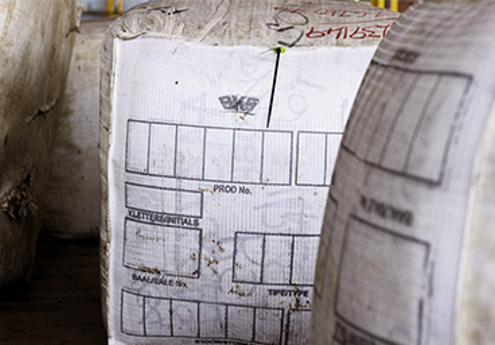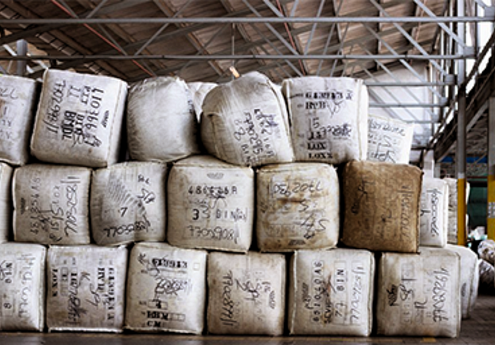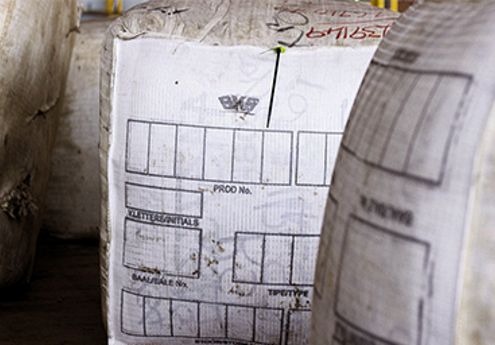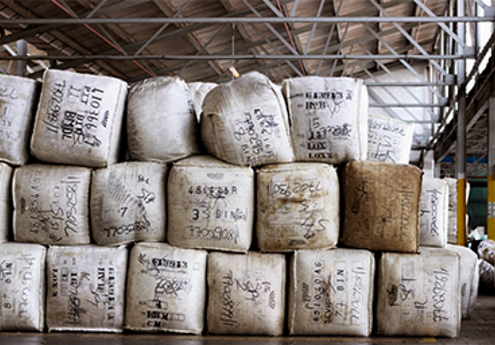Wool Market Report – 11 June 2025
11 June 2025
Wool & Mohair
The latest Merino wool price report for the 33rd wool auction of the 2024 season took place on 11 June 2025.
Read more






